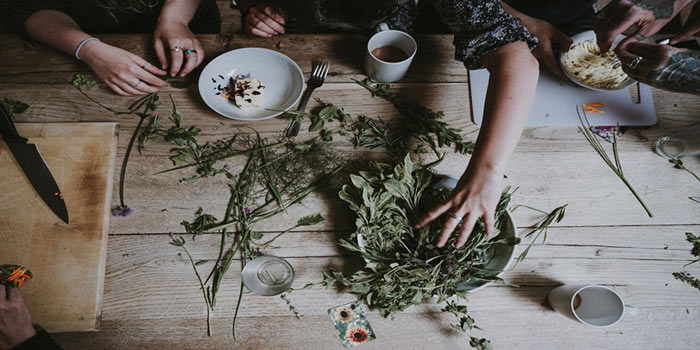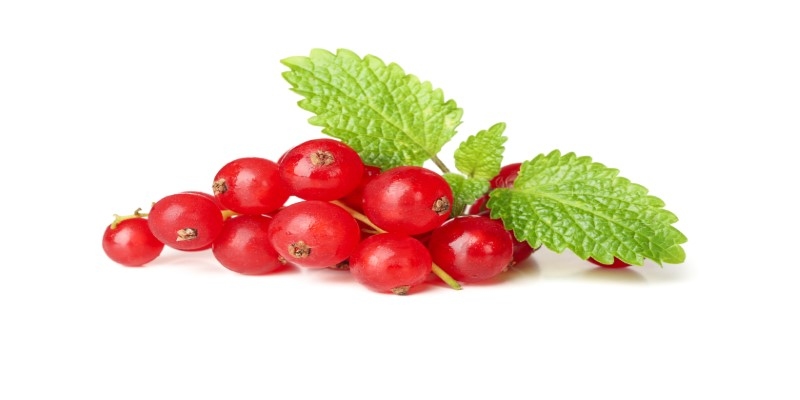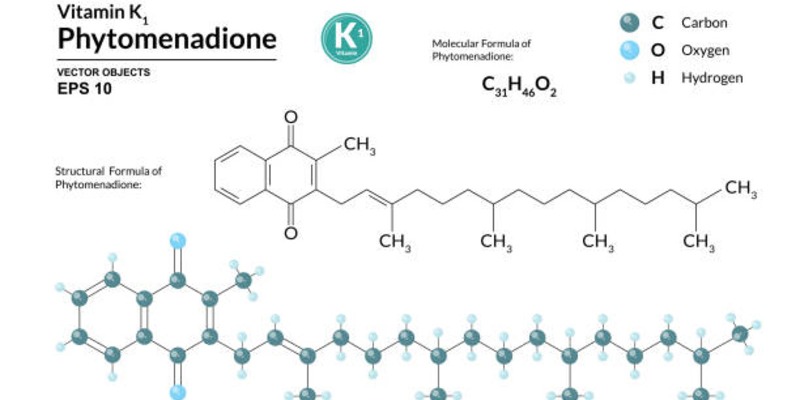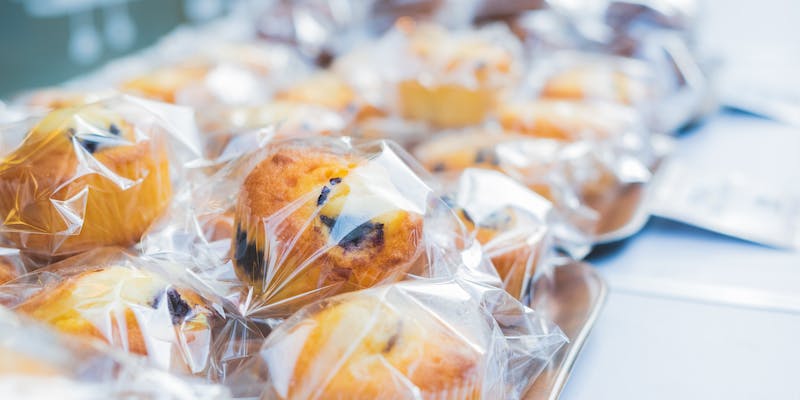
You can risk yourself by consuming the transparent plastic wrap used to preserve food. According to researchers, several medical issues have been linked to trace chemicals in plastic objects. Many companies have responded by changing the ingredients in their clear plastic wrap for food; however, not all of them have, and you never know whether the new ingredients will work better or worse at keeping your food fresh. So, what is all the debate about? Let’s discuss it one by one.
Temperature Limits of Plastic Food Wrap
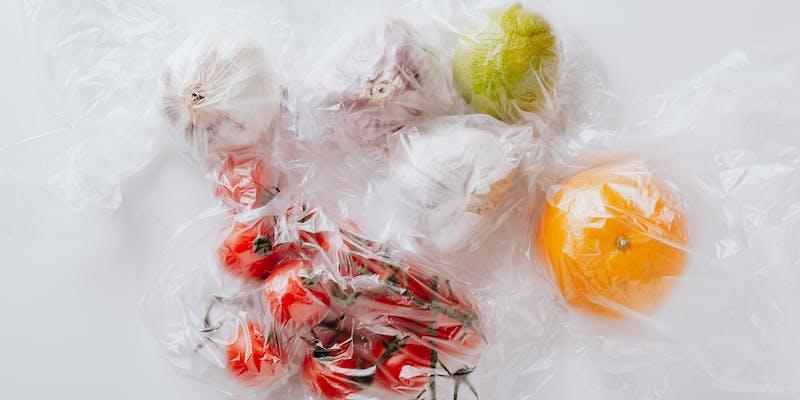
One of the most crucial products in the commercial food industry's toolbox is, without question, plastic food wrap. Clear plastic wrap for food is an important weapon to protect our food supply from airborne viruses and infections. The temperature limitations of plastic wrap should be known and adhered to by all those involved in commercial food handling. Going overboard endangers both the public's health and the product you sell. Consumers put an incredible lot of faith in those who manage their food.
One way to emphasize this sense of security is to show them the food options by wrapping them in plastic. People instinctively think of plastic wrap for food safety and cleanliness. Showing attention to customers' meals will make them return. Because of this, you must be familiar with the temperature and other limitations of your plastic food wrap and adhere to them at all times while handling food. Maintaining a safe degree of cleanliness for your consumers is essential to keeping your company open and giving them the confidence to buy with you.
Is Plastic Food Wrap Microwave Safe?
A kitchen or food service company without a microwave oven is unthinkable nowadays. This device can manage frazzled shoppers, frozen food before cooking, and boiling coffee or tea. However, before utilizing a microwave in a professional setting, everyone should be required to know whether the clear plastic wrap for food they are using is microwave-safe. You should only use plastic wrap that indicates it's safe to microwave right on the package.
For your family's and your customer's safety, here are some extra things to remember while using microwaves, whether at home or in a business setting. Keep the plastic away from the food in the microwave; that's the most important thing to remember. The clear plastic wrap for food may burn if it gets too hot and touches the food, so it has temperature limitations.
Make sure the plastic wrap for food doesn't contact with fried chicken or other oily meals that have just been cooked. If the plastic becomes too hot, the oil might trap the heat and make it melt. A convection oven often reaches temperatures too high for plastic wrap, causing it to burn. However, microwaves are safe places to use clear wrapping paper.
Avoid Using Plastic Wrap on These Foods
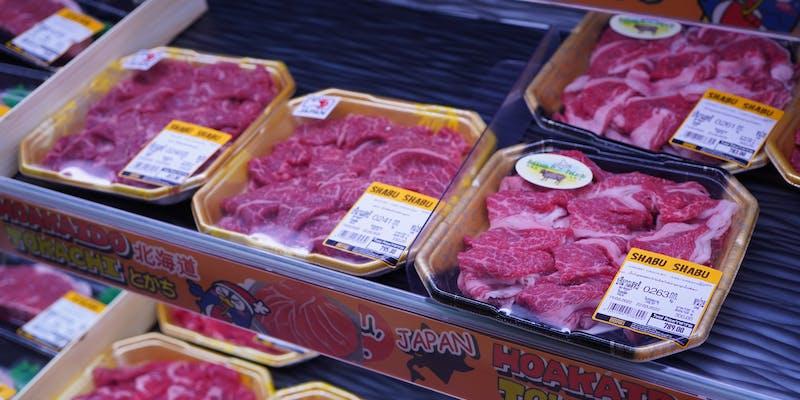
Many plastic wraps are made and used in kitchens worldwide, some of which may be dangerous. We must cooperate and take protective measures. You might use food wrap plastic for some of the items, but not all, and here are a few you should avoid wrapping in plastic.
Cheese
You should quit using clear wrapping paper on cheese more than any other food. Naturally, this seems backward because many cheeses are sold in plastic packaging. However, it may have a devastating effect on your cheese. You should know better than to let the plastic wrap come into contact with the thing you are wrapping; this violates the first guideline we covered. Cheddar is more likely to absorb toxins from plastic wrap because it clings to its surface. It may also impart a plasticky taste to your cheese. However, they aren't the exclusive justifications.
Also, because plastic wrap is impermeable, it's not a good idea to wrap cheese in it. Although it may seem wonderful, cheeses can't be kept there since they need air circulation. Cheese is made from milk and rennet. Cheese cannot breathe, thus it cannot release rennet, which may cause nausea. Your plastic-wrapped cheese may harbor microorganisms that might cause toxicity or allergic responses.
Bread
Even while it's not ideal, you may use plastic wrap for food for the store-bought kind. And there's no way to justify using plastic wrap on homemade bread. Bread bags or boxes may be used. This is a terrific alternative to crispy bread since the crust crisps while it sits in the air.
Put away those handmade loaves of bread from the clear wrapping paper, even if you do not like a particularly crunchy crust. The same logic that says you shouldn't use it on food also applies to bread; you should stay away from it. Things may perspire through plastic because it is impermeable. Mold and spoilage may develop rapidly in bread that has sweated.
Beef
Because the shop wrap isn't always secure, goods may spill all over your hands, the floor of your supermarket cart, and even your refrigerator or freezer. Consuming raw beef in this way puts you at risk of contracting diseases like E. coli.
Before stacking meat slices, ensure they are completely frozen by laying them flat in the freezer. Let each cut freeze completely before stacking; some will do so quicker than others. If you're out of freezer paper as well, try wrapping the meat in aluminum foil and then covering it with a layer of plastic that can be frozen. This way, the clear wrapping paper won't touch the beef directly but will still be firmly sealed to prevent freezer burn.
Custard Puddings
Although puddings and custards may be wrapped in plastic, it's best not to touch the surface. Because plastic wrap for food is often used to prevent the film from building on the top of custards, puddings, and even mousse, this becomes much more of a challenge. For years, everyone in the kitchen has been informed that this is a must-do to keep skin from developing. A film develops when the liquid from your pudding or similar dish evaporates off the top. Your dessert's taste will remain unaffected, but its look will be severely diminished.
Plastic wrap has seen several improvements in recent years, such as eliminating plasticizers that are known to cause problems. However, when heated, fatty meals are involved, the chemicals in plastic wrap for food are more likely to create issues. The unfortunate truth is that here is where custards and puddings end up.
